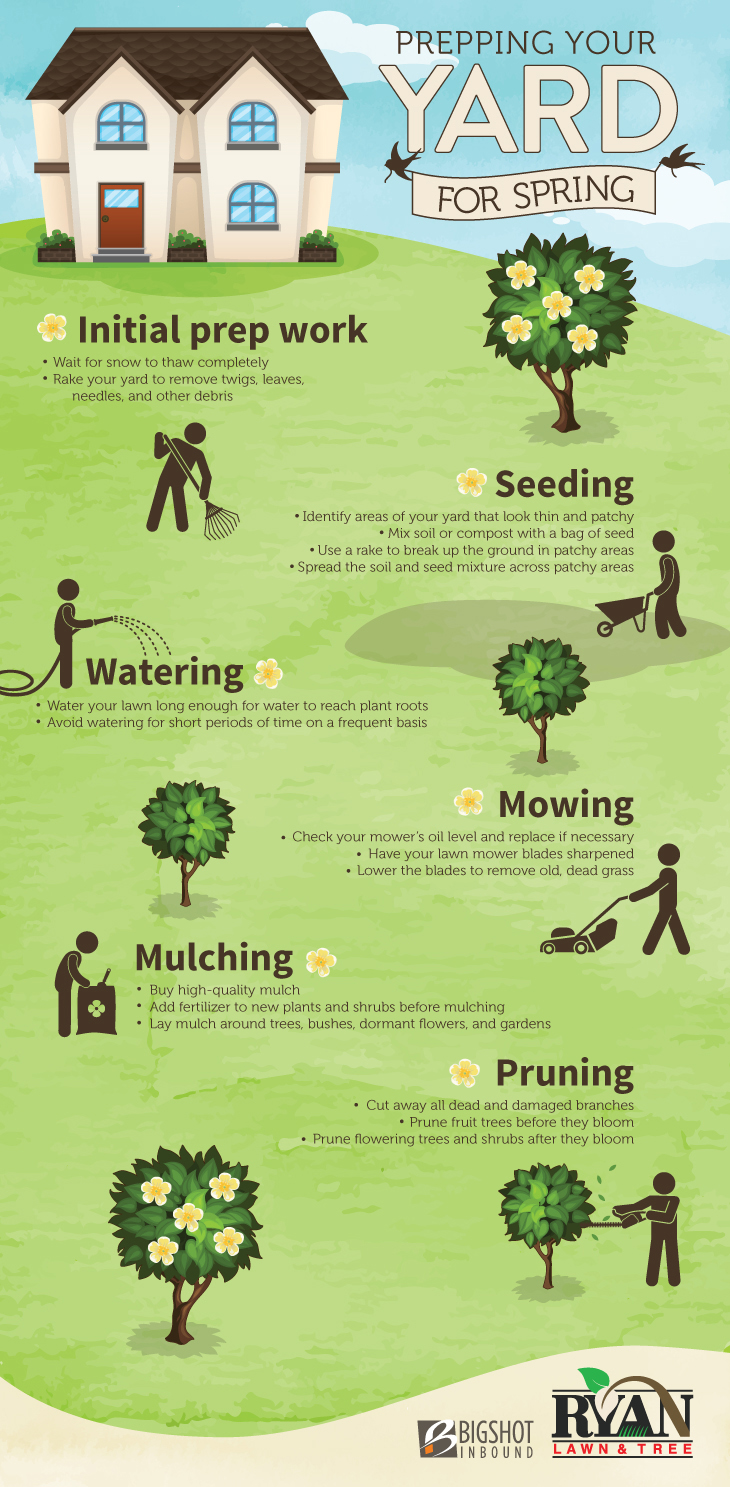Signals That It's Time To Eliminate A Tree: Identifying Unsafe Trees
Signals That It's Time To Eliminate A Tree: Identifying Unsafe Trees
Blog Article
Author-Velling Hubbard
When it involves tree care, acknowledging the indicators that it's time for elimination is essential for your safety and security and residential property. You might discover tarnished fallen leaves, wilting branches, or odd fungal growths showing illness. Architectural issues, like a substantial lean or splits in the trunk, can also present threats. Comprehending these indication can aid you make notified decisions about your trees and protect against possible dangers lurking in your lawn. What should you seek next?
Signs of Degeneration and Illness
When you observe indications of decay and condition in your trees, it's critical to act rapidly. Try to find stained fallen leaves, wilting branches, or unusual developments like fungus. These can show that your tree is having a hard time.
If you see cracks in the bark or soft, mushy timber, these symptoms suggest internal decay. In addition, an abrupt boost in insects around your tree can indicate that it's deteriorated and susceptible.
Check for any dead or passing away arm or legs, as they posture a risk to your residential property and safety. If you doubt regarding what you see, seeking advice from an arborist can offer clearness.
Resolving these indicators early can save you from more substantial damage and make certain the health of your backyard. Don't wait up until it's far too late.
Structural Instability and Leaning
As you observe your trees, watch out for any type of indicators of structural instability or leaning. If a tree leans considerably, it might indicate that the root system is endangered.
Seek any kind of cracks in the trunk or dirt around the base; these can signify possible failure. Furthermore, look for uncommon development patterns, like a lopsided crown, which might recommend that the tree is struggling to hold itself upright.
If you discover that the tree leans toward your home, power lines, or various other frameworks, it presents a greater danger. Do not neglect these indications-- speak with an arborist to assess the scenario.
Doing something about it early can stop costly damages and ensure your safety.
Dead or Dying Branches and Foliage
If you notice dead or passing away branches and foliage on your tree, it's a clear indicator that something's incorrect.
learn this here now can suggest underlying issues like disease, insect problems, or ecological tension. When branches lose their leaves or transform brownish, they're no more contributing to the tree's health and wellness. Overlooking these indicators might cause additional decrease, making your tree extra unsafe.
National Grid Tree Trimming can quickly break off throughout tornados, presenting a risk to property and people close by. Landscaping After Large Tree Removal to assess the level of the damages.
If the problem influences a substantial part of the tree, take into consideration speaking with a professional. They can aid establish if elimination is needed to ensure security and preserve the elegance of your landscape.
Conclusion
If you notice any kind of indicators of degeneration, architectural instability, or dead branches on your trees, do not neglect them. These indicators can present severe safety and security risks to you and your home. It's always best to get in touch with an expert arborist who can offer a specialist evaluation of your trees. Doing something about it early can protect against accidents and expensive damage, guaranteeing your landscape remains secure and healthy. Keep in mind, it's better to be proactive about tree treatment than to wait on a disaster to occur.
